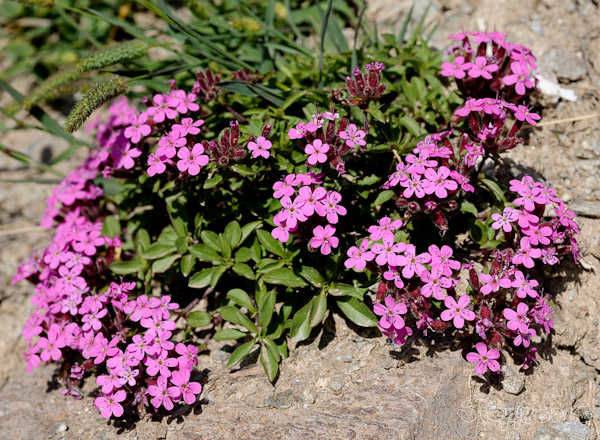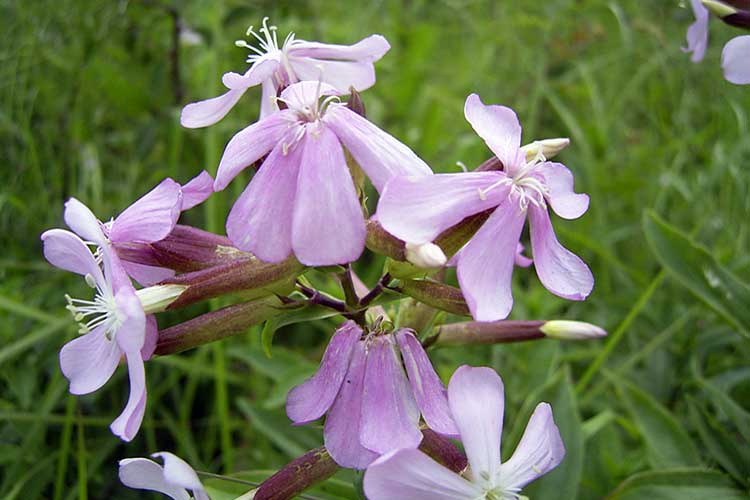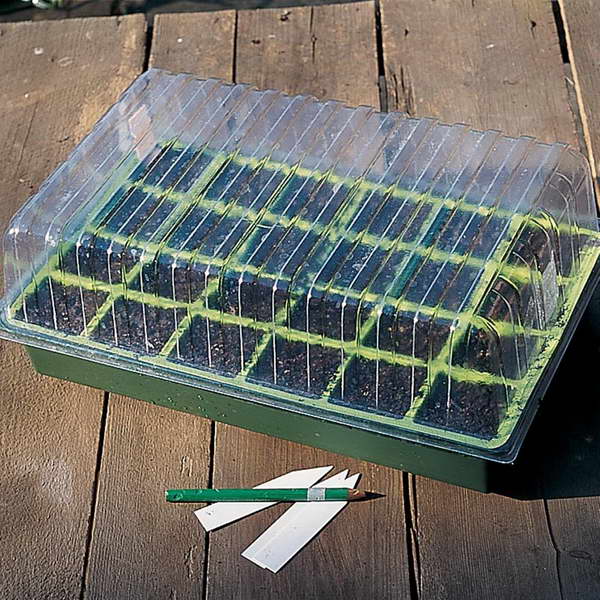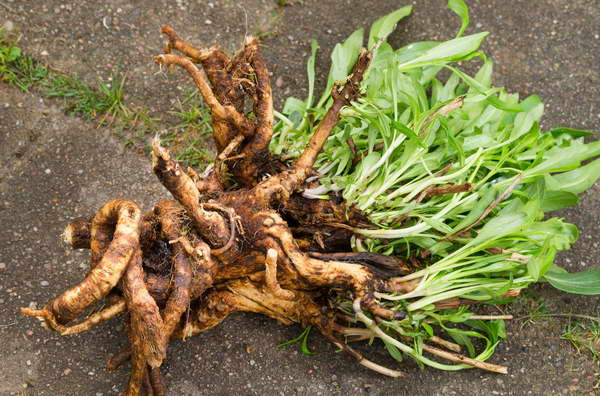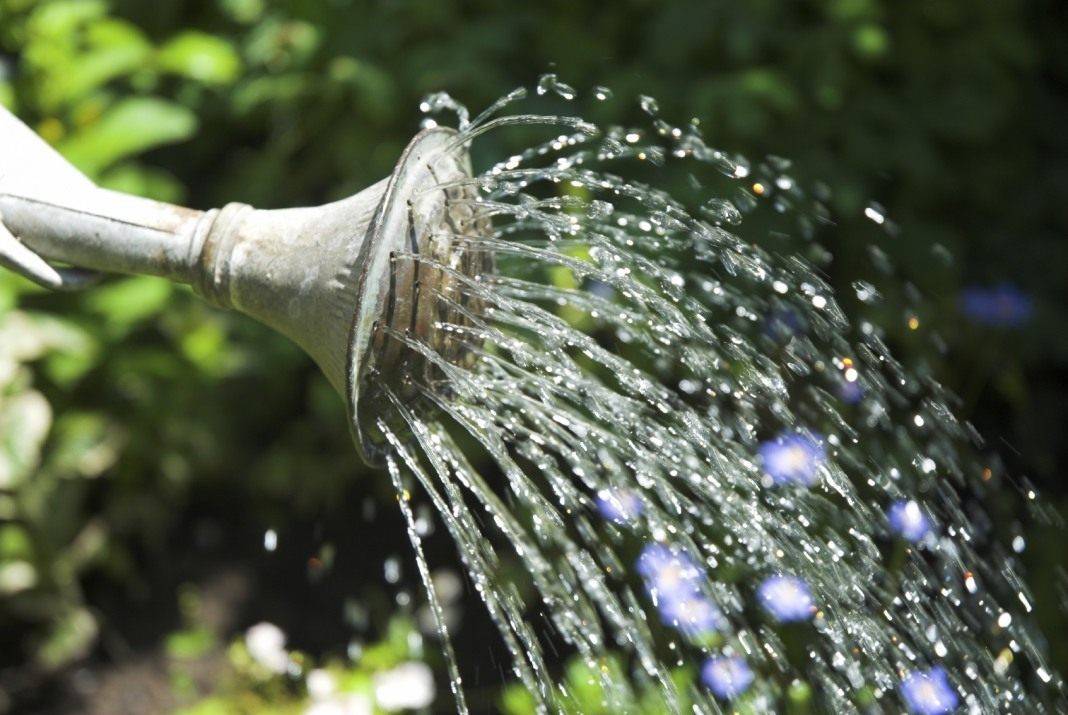Basilicum soap (Saponaria ocymoides)
Content:
Most gardeners strive to diversify their personal garden plot. In addition to fruit and berry crops, they plant their beds with various types of flowers. Here, both tall shrubs and ground cover plants can coexist. Basil-leaved soapwort (in Latin - Saponaria) is a creeping plant, it has delicate pastel colors and a pleasant aroma.
general information
Mylnyanka (Saponaria) is a perennial shrub, the height of which does not exceed 15-20 cm. The rich green foliage can form a carpet on the lawn.
Flowers are small, no more than 1-1.5 cm in diameter, but there are a lot of them. Flowers are tubular, collected in inflorescences of 10-15 pieces at the top of the shoot, or single, depending on the variety. The plant is quite unpretentious, frost and moisture resistant.
The flower got its name from the fact that the roots can foam in water. Thanks to the saponin substance contained in the roots, this plant can be used for the production of medicines, household detergents, and also finds application in cooking.
Medicines that are made from this plant include medicines that help in the treatment and prevention of respiratory tract and aching joints. Also, on the basis of this medicinal plant, preparations and decoctions are made that can improve the purity of the skin.
Popular varieties of Saponaria
The most common varieties of saponaria include:
- ordinary (medicinal);
- white;
- terry soap dish;
- soddy;
- pink;
- soapwort inspiration;
- saponaria camilla.
For its beauty and unpretentiousness, breeders love this plant and regularly breed new varieties. You can take a closer look at the description of some of them.
Ordinary
Common soapwort is a medicinal plant, its height reaches 90 cm. The length of leaves is from 5 to 15 cm. This perennial plant became known at the end of the 17th century.
The flowers are large enough, up to 2.5 cm in diameter, color from light lilac and light pink to white.
Yellow
Yellow soapwort is a perennial plant. It does not exceed 20 cm in height.
The flowers are slightly yellowish. They are not particularly valuable, but they are quite suitable for drawing up landscape compositions.
Basilicola soapwort
Perhaps one of the most common varieties is basil-leaved soapwort, otherwise it is also called "Moon dust" soapwort.
She found the greatest distribution among gardeners in Central Russia. Came from the Alpine mountains, has low stems and narrow leaves with a matte green tint. A large number of inflorescences are formed at the tops of the shoots.
When blooming, small pink flowers completely cover the territory defined for this flower. The buds themselves are small, rarely reaching 1 cm in width. They have five pronounced petals and a tubular core.
Soapy Lemperdzhi
The height of the bush reaches half a meter, the stems are arched, the leaves are lanceolate, painted in a dark green color.
At the ends of the shoots, reddish inflorescences are formed.
Olivana's Soapy
The variety Olivana soapwort was obtained by crossing the soddy and dwarf soapworms. This type of plant is used to decorate the landscape, when decorating garden and backyard territories.
The plant is most widespread as a decoration of a rock garden and areas around an ornamental pond. Shoots reach a height of 5-10 cm.
Soapyka: planting and care
Mylnyanka is a rather unpretentious plant. It can multiply by germinating seeds, dividing the root system and grafting.
The germination ability is high and the soapwort can decorate the site of even the most inexperienced gardener. You can sow at different times: the choice depends on whether the seeds will sprout on the windowsill or immediately in the open field. For example, cultivation of basil-leaved soapwort seeds from seeds is possible both at home (for seedlings) and by sowing directly into the garden soil. To cultivate a variety, you just need to purchase planting material in a specialized store.
Seed propagation
In order to sow seeds in open ground, you must plant them in the fall. By next spring, the flower will delight with abundant shoots.
You can also germinate seeds in early spring on a windowsill. To do this, at the end of March, they need to be soaked in a damp cloth, and then sown in prepared soil.
Also, in mid-May, you can plant the seeds of these perennials directly into the ground on the site. Planting and caring for shoots of soapwort in the open field does not differ from sowing at home.
For any method of sowing soapwort seeds, the technology is similar.
- The soil is prepared by mixing sand and fertile soil.
- Moistened soapwort seeds are scattered over the ground and sprinkled with a layer of river sand.
- At a favorable temperature, above 20 degrees, the first shoots will appear in one to two weeks.
Thanks to the coating, a greenhouse effect is formed. When three or four leaves appear on the seedlings, young plants must be transplanted to a permanent place of residence. If seeds are planted immediately on a flower bed, then for better growth and flowering they must be thinned out. So that adult plants do not interfere with each other, a distance of 30 to 40 cm should be left between the bushes.
Cuttings
Also, these plants are capable of propagating by cuttings.
When grafting, even before the plant blooms, in late May-early June, it is necessary to cut off the tops of 9-10 cm in size.All leaves, as well as buds, should be removed from them.
The prepared material must be planted in a shaded place and a small greenhouse must be arranged. After rooting, the plant, along with a lump of earth, must be transplanted to a flower bed, to a chosen place.
Separating roots
In order to propagate the soapwort by dividing the root system, it is necessary to wait for spring.
Around April, you need to dig out a bush, shake off all the ground from it and divide the root system into 3-4 parts with a sharp tool. Each part requires at least one root node.
Put mineral and organic fertilizers in the prepared holes, water abundantly and plant each part of the root.
Care features
In order for the plant to grow and develop correctly, it is necessary to adhere to the general rules for caring for seedlings. It is necessary to water, care for, and fertilize in a timely manner with organic and mineral substances. Full flowering, with the reproduction of soapworms by seeds, occurs only in the second year.
In order for the soapstone grass to feel good, it must be watered moderately. Do not overfill the plant, as its root system can easily rot. It is better if the flower and the soil around it are slightly dry - then the root of the soapwort will feel good.
Spraying soapwort is encouraged in dry weather. If the drought lasts several days and the leaves begin to wilt, you can spray the plant with a spray bottle or a diffused stream of water. In hot, dry weather, it is necessary to maintain moderate humidity for the plant to develop normally.
The soil for the common soapwort should be nutritious and sandy. The soil should be loose and sunny or slightly shaded.
No special bait is required for the common soapwort. It is enough to apply mineral fertilizer once a year, in the spring, and fertilize with organic substances in the fall.
The plant is frost-resistant and can withstand temperatures down to -28 degrees. It is not required to cover for the winter period; it does not need additional protection. The only way to prepare for wintering is to cut the stems. It is necessary to leave the shoots 5-10 cm above the soil.
The soapwort blooms throughout almost the entire summer season. The first flowers appear in early June, the last ones fly around in late September. The flowers are tubular at the base, and at the end they are divided into 5 round petals. Depending on the variety, the edges of the petals can be terry.
In diameter, soapwort flowers can vary from 0.5 to 2.5 cm. At the end of flowering, a box with seeds ripens in the tubular part. There are no particular changes in care during the flowering period.
Transfer
After purchase, or during reproduction, you must be guided by the general rules for planting a shrub. In a moistened, prepared soil, in a hole, it is necessary to transfer the plant along with an earthen lump.
Diseases and pests
The soapwort has no particular problems with pests and diseases. It does not attract harmful insects to itself, but with the help of a somewhat pungent smell, on the contrary, scares them away.
The only problem with the soapwort may appear if the weather has been wet for a long time or the plant is heavily flooded. The root system and shoots can be affected by fungal diseases and rot. In order to get rid of the fungus, it is necessary to dry the plant well and treat it with special antifungal drugs.
Soapyka can be an excellent framing of the site. It is unpretentious to care for, not demanding and can withstand winter frosts. Delicate, beautiful flowers will delight you throughout the summer season.
